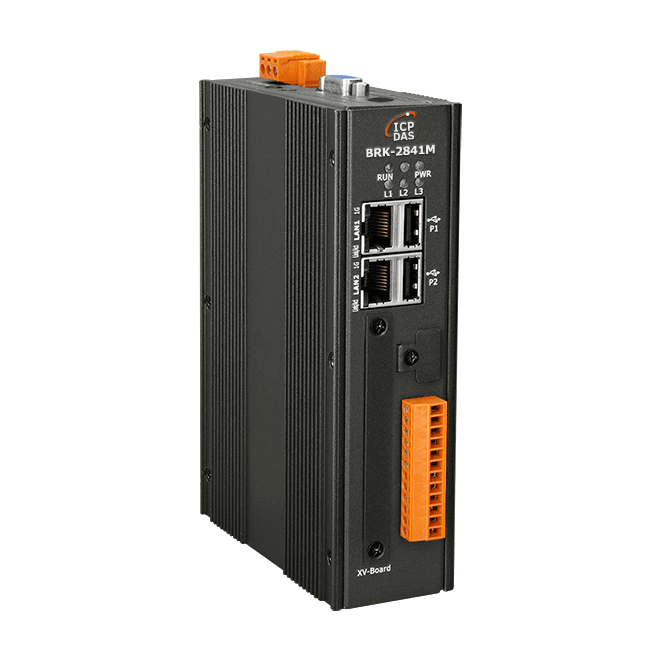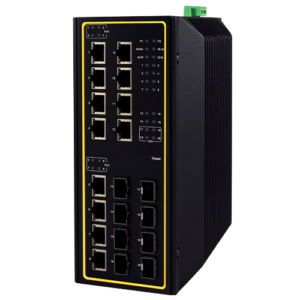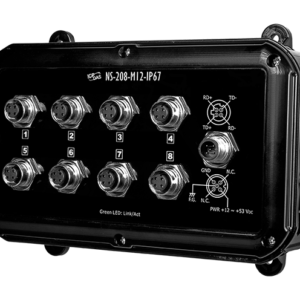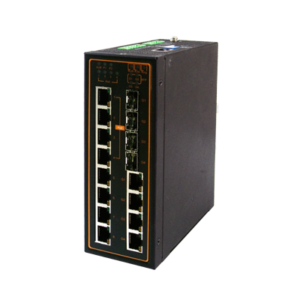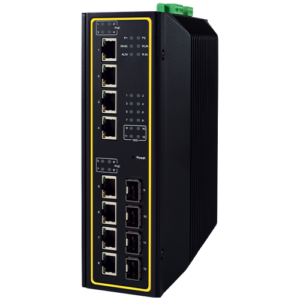Your Cart
BRK-2841M IIoT MQTT Communication Server with Quad-core ARM CPU & 2 Ethernet Ports
£1,250.00
Key Features
- MQTT Broker Inside:
- Bridge Function
- Cluster Function
- QoS Message Quality Mechanism
- Retains Mechanism
- Identity/Password Authentication
- Communication Encryption
- Last Message (Last Will)
- Support Load Balancing Function
- Support High Availability Architecture
Description
MQTT (Message Queuing Telemetry Transport) is implemented based on the publish/subscribe architecture. In its network, there is a server (Broker) responsible for the intermediary layer of information, and other devices can send information to the Broker by publishing a topic, or get information from the Broker by subscribing to a topic.
The ICP DAS BRK-2841M is an MQTT server that connect with large amount of ICP DAS modules that support MQTT protocol. For example, it can connect to data Logger sensors such as DL-300 series which can measure CO, CO2, Temperature, Humidity and Dew Point information. The collected on-site environment parameters will be published to the BRK-2841M by MQTT communication mechanism, and then can be remote monitored by subscribing the data from the BRK-2841M by using a mobile device or SCADA software that supports MQTT Client.
The Ethernet I/O modules of the ICP DAS MQ-7200M series can automatically publish the collected digital I/O values to the BRK-2841M through MQTT. The MQTT Client only needs to subscribe from or publish to the BRK-2841M to remotely monitor or change DO status of the Ethernet I/O modules.
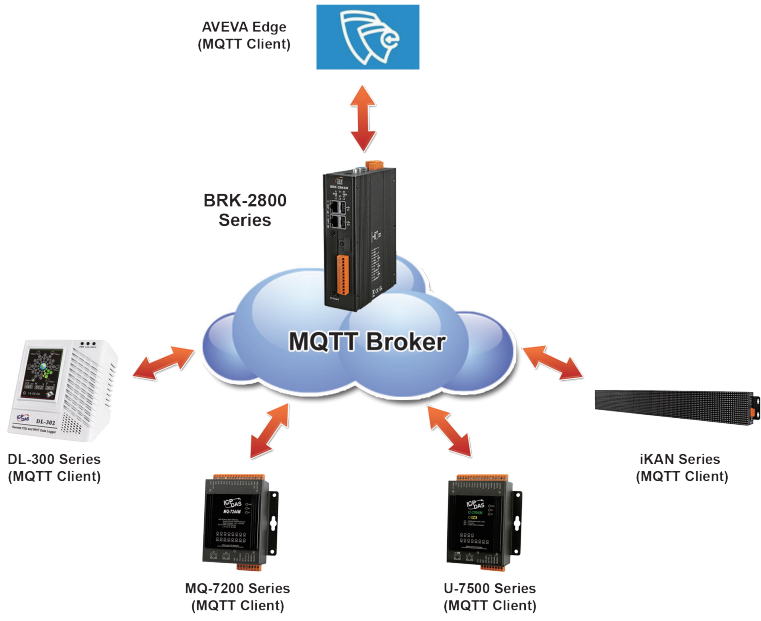
Features:
Provide Bridge and Cluster functions, which allows excellent scalability
The Bridge and Cluster functions can expand the limits of service and data sources for MQTT Broker applications:
Support High Availability architecture
When there are more than two BRK devices in the same site, they can be set as backup between each other. When the BRK device that is providing services fails or goes offline, other BRK device can detect and take over in a short time to ensure that the service will not be interrupted for a long time.
Support Load Balancing Function, which can effectively configure tasks and optimize MQTT communication
The BRK load balancing function can be used in conjunction with the MQTT bridging or clustering function. A BRK device in this group provides a single fixed IP and communication port to connect other BRK clients in the group, which can be effectively allocated to the BRK devices in the group for MQTT communication services. This function simplifies user configuration and maximizes the overall system service capacity: when a single or a small number of devices in the group fail, the connection can be redistributed to other BRK devices to continue to provide communication services.
Support Redundancy System
Based on the High Availability architecture and Load Balancing function. This redundancy is hardware backup. In the entire MQTT Broker group, if one of the BRKs fails or disconnects, the other BRKs with normal functions will take over to provide MQTT services, and users do not need to perform other related settings

